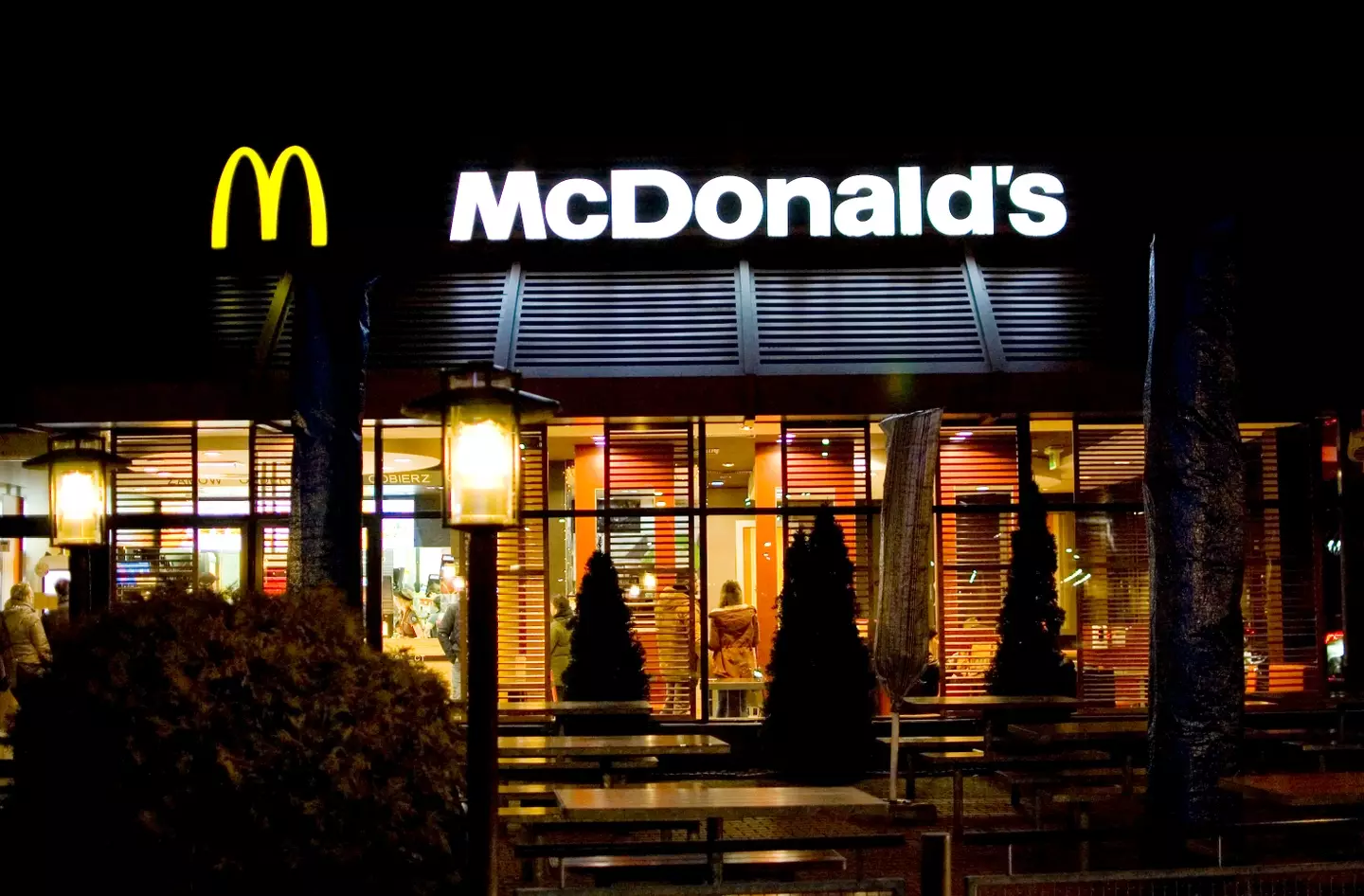Even the world’s biggest corporations are feeling the shockwaves from the cost of living crisis.
In Q1 2025, McDonald’s posted its weakest sales figures since the COVID-19 pandemic swept around the world and shuttered businesses great and small.
The challenge for McDonald’s, it seems, is a decline in customers’ disposable income. With sky-high rent, increased food costs, and a general uptick in the cost of essentials, lower and middle-income customers are paying fewer visits and sales have taken a resultant hit.
Chris Kempczinski, CEO at McDonald’s, has spoken several times about the situation over the course of the year as the company shakes up its US menu with more low-cost options. He said both lower and middle-income customers are under a lot of pressure in our industry’, noting that those in the poorer bracket are skipping meals to cope with heightened costs.
Advert

"And it's because people are either choosing to skip a meal - so we're seeing breakfast, people are actually skipping breakfast - or they're choosing to just eat at home," Kempczinski told CNBC’s Squawk Box.
"It's really kind of a two-tier economy,” he continued. “If you're upper-income, earning over $100,000, things are good. Stock markets are near all-time highs, you're feeling quite confident about things, you're seeing international travel, all those barometers of upper-income consumers are doing quite well."
Per the US Department of Agriculture (USDA), the all-times Consumer Price Index (CPI) measured a rise of 2.7% between July 2024 and 2025. The inflation has slowed, with a 0.2% increase between June and July 2025, but it nevertheless indicates that food prices are around 2.9% higher in July 2025 than they were at the same time last year.
Advert
There’s a split between the costs of eating at home and eating out, too. The CPI leapt by 2.2% in the year to July 2025 for grocery store-bought food. Meanwhile, the CPI increased by 3.9% in the year to July 2025 for restaurant food.
In other words, food is more expensive across the board, but it’s being felt more keenly when dining out.
Certain foods are more heavily impacted than others, with the beef price being particularly alarming. This staple food has seen a price jump of 12%, with supply being hit by disease and agricultural challenges. Per pound, beef carries an average price of $6.12 in the US as of June 2025.
Patrick Montgomery, CEO at KC Cattle Company, told Axios that he expects beef prices to ‘continue to be tumultuous for the next two to four years’.
Advert
McDonald’s own shifts towards more competitively-priced menu options in the US come off the back of an average price increase of 40% across its products post-pandemic.

Those price increases have been reportedly imposed by increased supply costs, with the charge being passed to consumers.
To win back its lower and middle-income customers, McDonald’s recently announced a new Extra Value Meal range that will come into effect from 8 September 2025.
Advert
"From the $5 Meal Deal to McValue and now Extra Value Meals, we're sending a clear message: We're here for our customers,” said Joe Erlinger, McDonald's USA President, in a press statement.
“McDonald's will always be a place where you can get the food you love at a price that fits your life."

